With the pressures of contemporary life, our health can be significantly impacted. Adaptogens such as ashwagandha can help alleviate these effects and support the nervous system. Additionally, they offer numerous health benefits. Today, I’ll discuss the advantages of ashwagandha and guide you in preparing an ashwagandha tincture that would be a valuable addition to your home apothecary.
What is Ashwagandha?
Ashwagandha, also referred to as Indian ginseng or by its scientific name, Withania somnifera, has been historically utilized in African countries for its leaves and other plant parts. Nowadays, the root is predominantly used. In Ayurvedic medicine, ashwagandha has been employed for thousands of years for various ailments, ranging from mental clarity to paralysis.
This plant thrives in warmer climates and is native to regions like Africa and India. However, it can also be cultivated as a potted plant or even as an annual in cooler climates. When fully matured, it produces bright red berries enclosed in husks, resembling ground cherries.
Benefits of Ashwagandha
Ashwagandha is well-known as an adaptogenic herb, aiding us in adapting to stress. Unlike most adaptogens which are stimulating, ashwagandha has calming properties, making it effective in regulating adrenal function. It was one of the herbs I relied on during my recovery from adrenal fatigue.
It also significantly affects the thyroid by boosting thyroid hormones T3 and T4 while decreasing thyroid-stimulating hormone (TSH). This makes it a beneficial resource for individuals with an underactive thyroid (hypothyroidism). Conversely, it might pose issues for those with an overactive thyroid (hyperthyroidism).
Ashwagandha enhances our overall well-being in multifaceted ways. Beyond its adaptogenic properties, it has been clinically proven to help manage anxiety and acts as an immune modulator, bringing balance to an overactive or underactive immune system. In Ayurvedic practices, it is employed as a body-strengthening restorative.
Here are additional ways ashwagandha can contribute to a healthy lifestyle:
- Improves mental clarity and mitigates brain fog
- Eases fatigue by supporting the nervous system
- Lowers the stress hormone cortisol
- Alleviates muscle pain from inflammatory autoimmune diseases, like rheumatoid arthritis
- Rich in iron and beneficial for anemia
- Eases menopause symptoms, such as muscle pain and brain fog
- For men, it can enhance libido
- Enhanced circulation, blood health, and supports healthy cholesterol levels
- Anti-inflammatory
- Antioxidant
How to Use Ashwagandha Herb
The root of the ashwagandha plant is the most frequently used and studied part. You can make herbal tea using ashwagandha powder or create an ashwagandha extract with alcohol, or a non-alcoholic version using glycerin. Traditional herbal tinctures made with alcohol extract different components than those made with glycerin.
Consuming powdered ashwagandha in tea might cause joint pain in some individuals, as noted by hormone specialist Magdalena Wszelaki. However, ashwagandha capsules and alcohol-based herbal extracts generally do not have this issue.
Who Shouldn’t Use Ashwagandha?
Not everyone should use organic ashwagandha root as an herbal supplement. Individuals with an overactive thyroid might experience worsening symptoms when using ashwagandha. It is also deemed unsafe during pregnancy but can be beneficial for increasing lactation during breastfeeding. If you are taking barbiturate drugs, ashwagandha may enhance or intensify their effects, though this class of medication is largely obsolete.
If you have any health conditions or are breastfeeding, consult with your natural healthcare practitioner before taking ashwagandha supplements.
Where to Buy it
If ashwagandha isn’t growing in your garden, there are multiple ways to acquire it. You can also purchase pre-made herbal products if you prefer not to make your own.
How to Make Ashwagandha Tincture
I prefer tinctures because they are shelf-stable for years, portable, and require only small amounts. Tinctures can be made using two methods: the simple or folk method and a more precise weight-to-volume measurement. Both options are effective, but consistent results are achieved by using the same amount of herb each time.
It begins with high-quality ingredients. For the healthiest option, seek organic cane alcohol, which is gluten-free and derived from non-GMO sugarcane instead of corn. Alternatively, you can find 190-proof alcohol at local stores. Begin with 95% alcohol, and dilute it to achieve a 70% alcohol solution, which is optimal for ashwagandha extraction.
I always opt for organic or wildcrafted herbs to avoid extracting pesticides. Look for organic cut and sifted ashwagandha herb.
Using the Simple Method
For those not wanting to measure ingredients by weight, the folk method is a viable option and my preferred method for making tinctures. Fill a jar 1/3 to 1/2 full with dried or fresh herbs, add alcohol, secure the lid, and let it steep for 2-6 weeks. While it’s straightforward, some batches may have a stronger potency than others.
The following recipe utilizes a standard 1:5 dilution, meaning one ounce of herb by weight to five ounces of liquid by volume. I’ve calculated this for you! The alcohol concentration should be at 70% strength. If 80-proof alcohol (40%) is all you can find, replace the water in the recipe with more alcohol. This will result in a less potent solution, necessitating a slightly higher dosage, but it will still be effective.
How to Make an Ashwagandha Tincture (Plus Benefits!)
This easy ashwagandha tincture recipe aids in stress relief, immune support, and more!
Prep Time: 3 mins
Maceration Time: 14 days
Total Time: 14 days 3 mins
Yield: 16 ounces
Author: Katie Wells
Instructions:
- Add the ashwagandha to your jar; either cut or powdered herb will work.
- Add alcohol and water. If they don’t cover the herbs, add more water and alcohol mixture until they do. Use 3 parts alcohol for each part water.
- Secure the jar lid and store in a cool, dark place for 2-4 weeks, shaking occasionally.
- After the tincture is ready, strain the herbs using a fine mesh strainer or cheesecloth and compost.
- Pour the filtered ashwagandha tincture into dropper bottles and store in a cool, dark place.
Notes:
- The standard adult dose is 1-10ml, three times a day. Adjust according to personal needs.
- Alcohol-based tinctures have a long shelf life if stored properly.
How Much Does This Make?
The quantity of tincture you produce will rely on the dryness of your ashwagandha herb, whether it’s powdered or cut and sifted, and the pressure applied when squeezing the herbs in cheesecloth. The volume may vary slightly, but this doesn’t compromise quality, ensuring a reliable tincture.
Have you tried ashwagandha before? What is your preferred method of using it? Share your experiences in the comments!


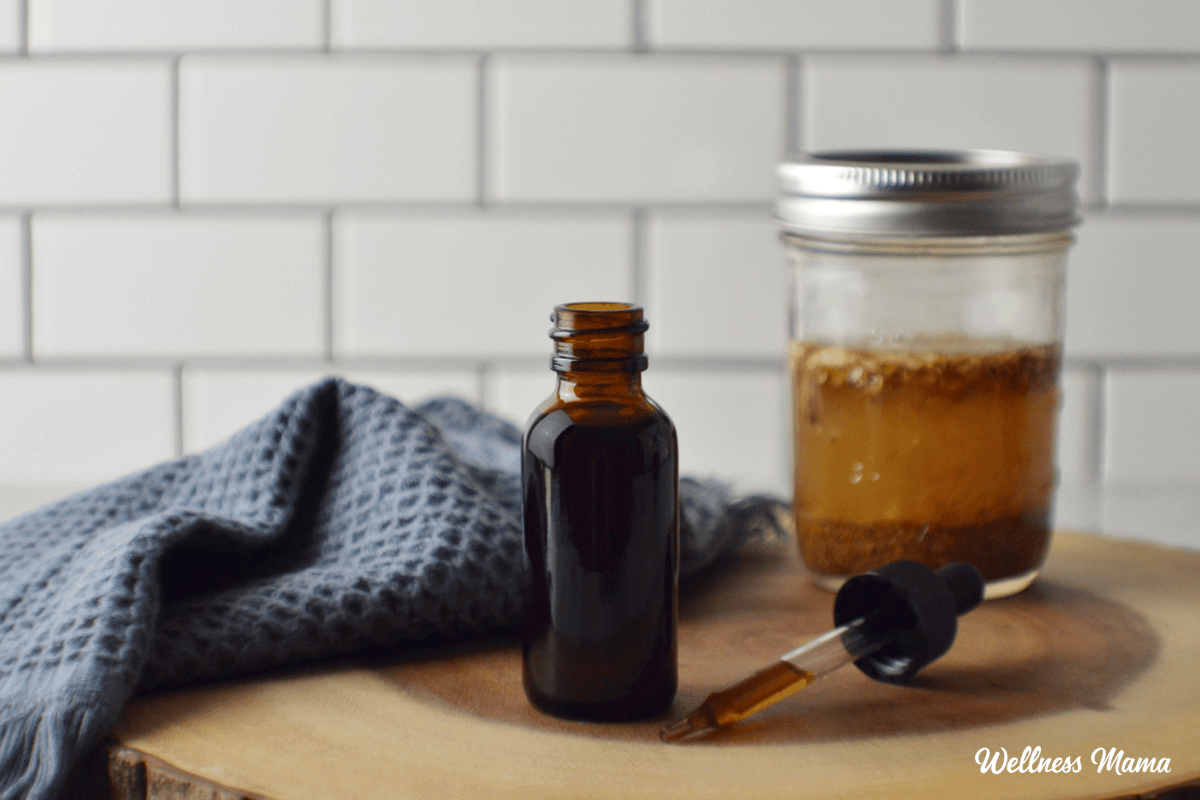
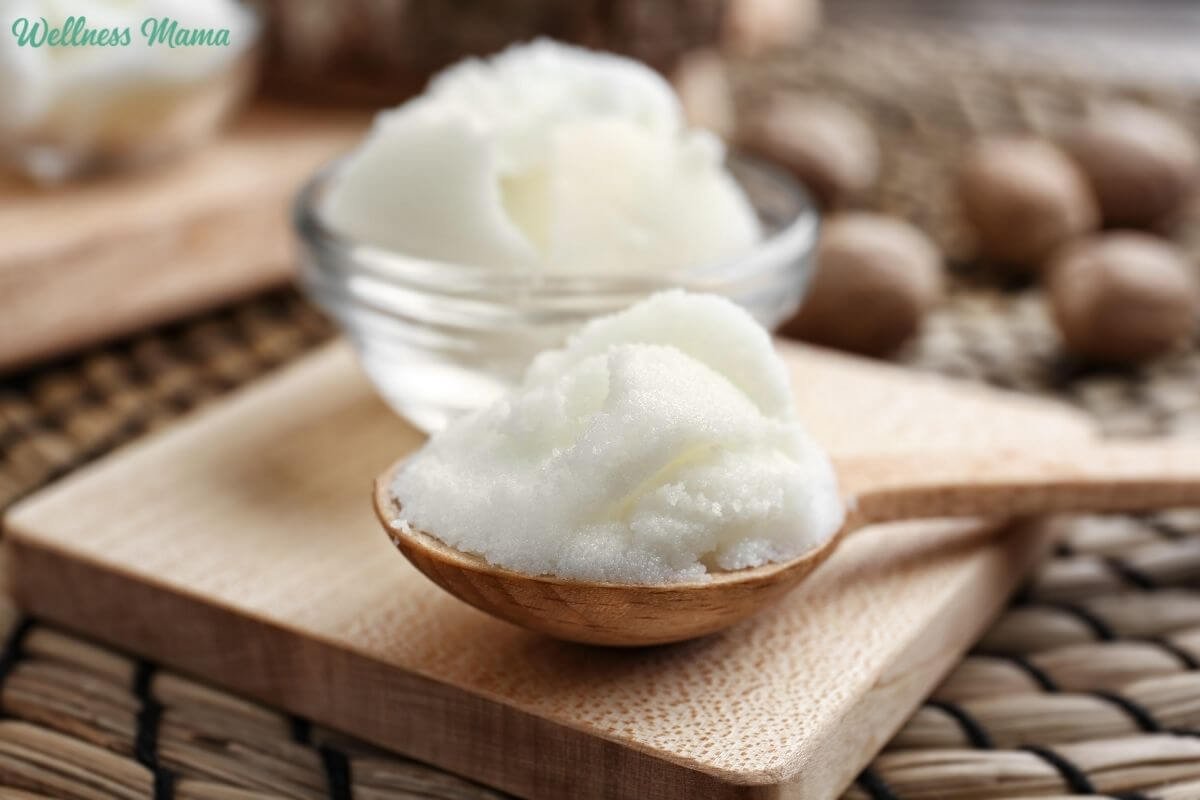
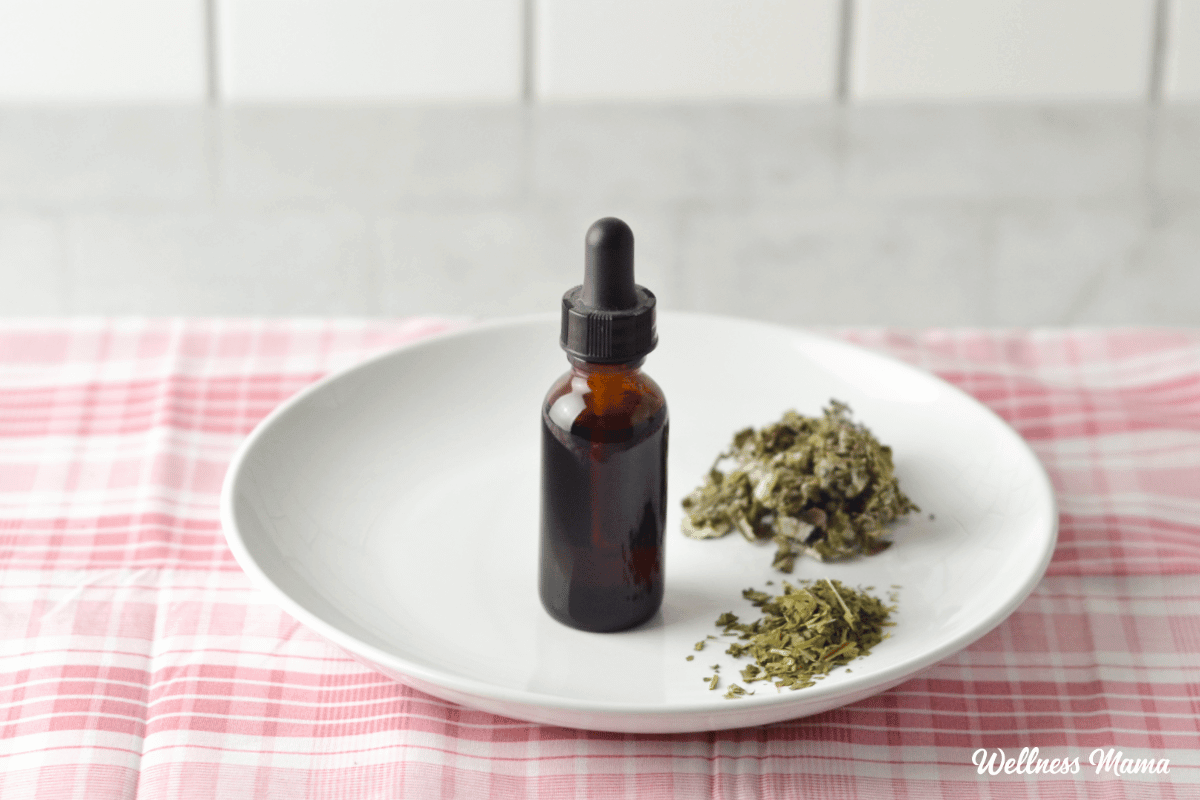




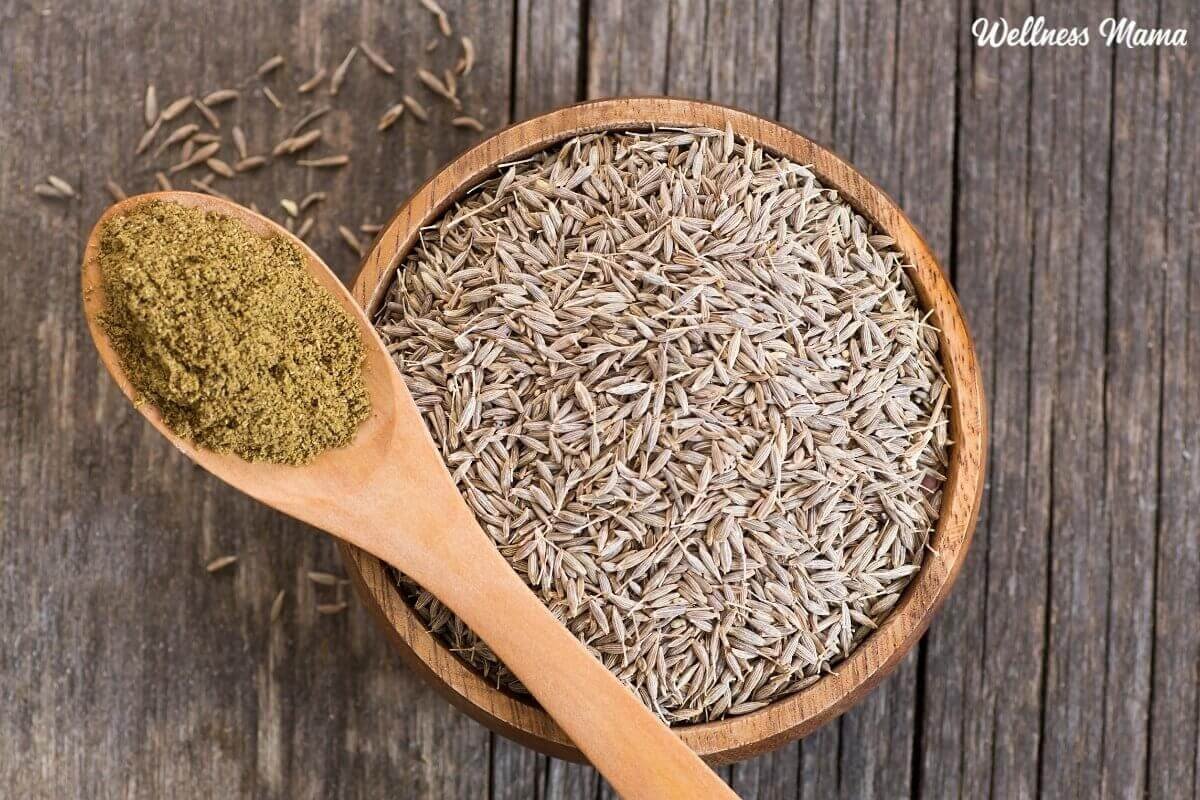




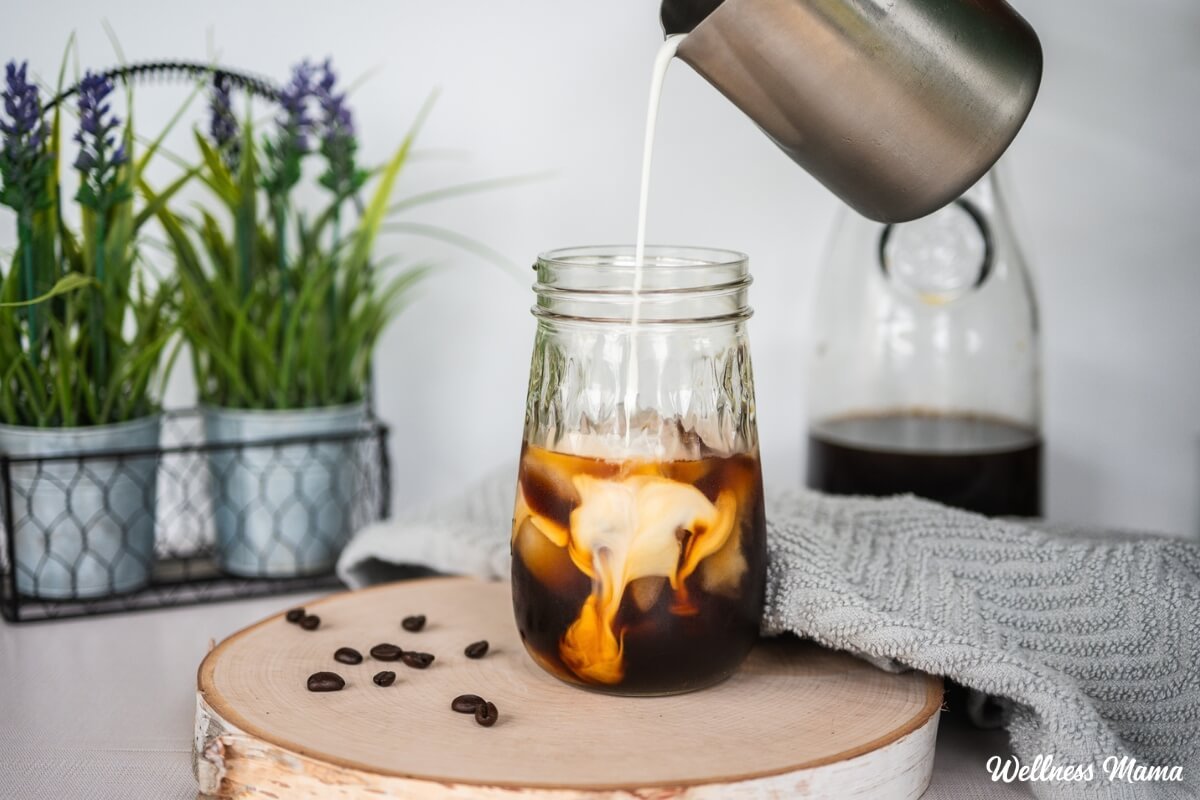
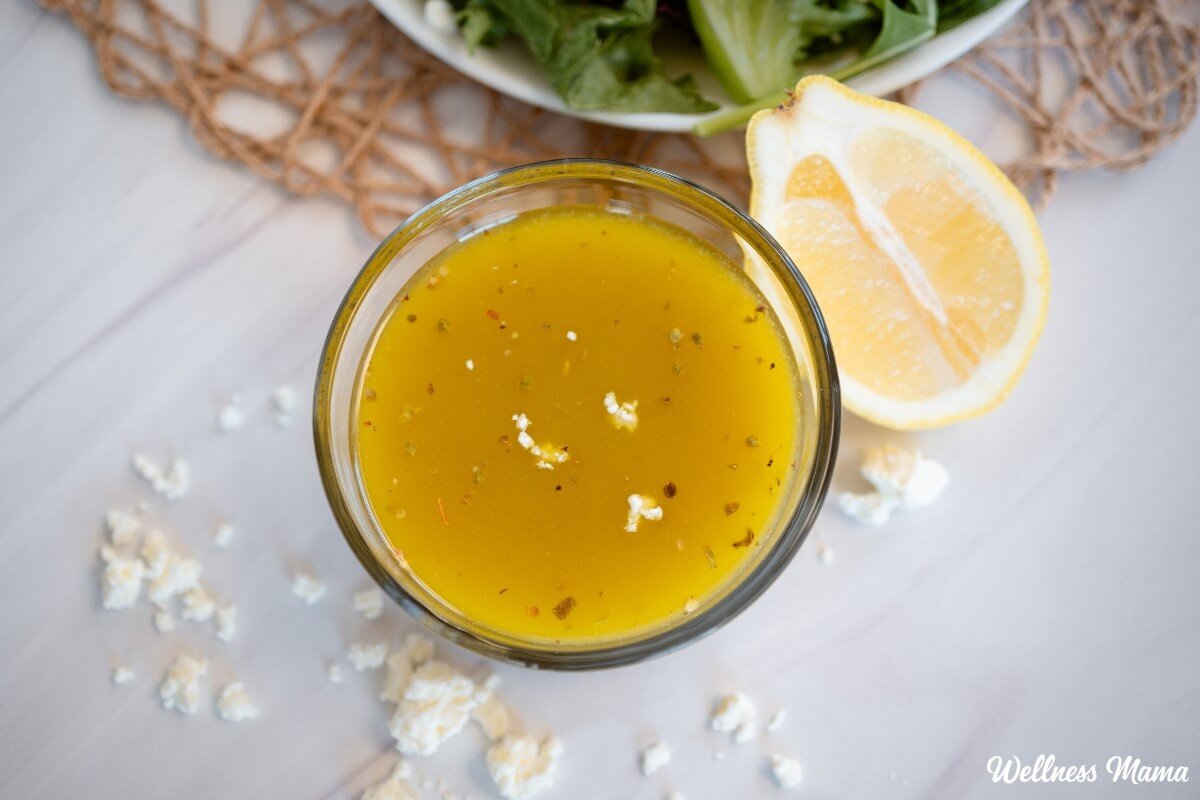
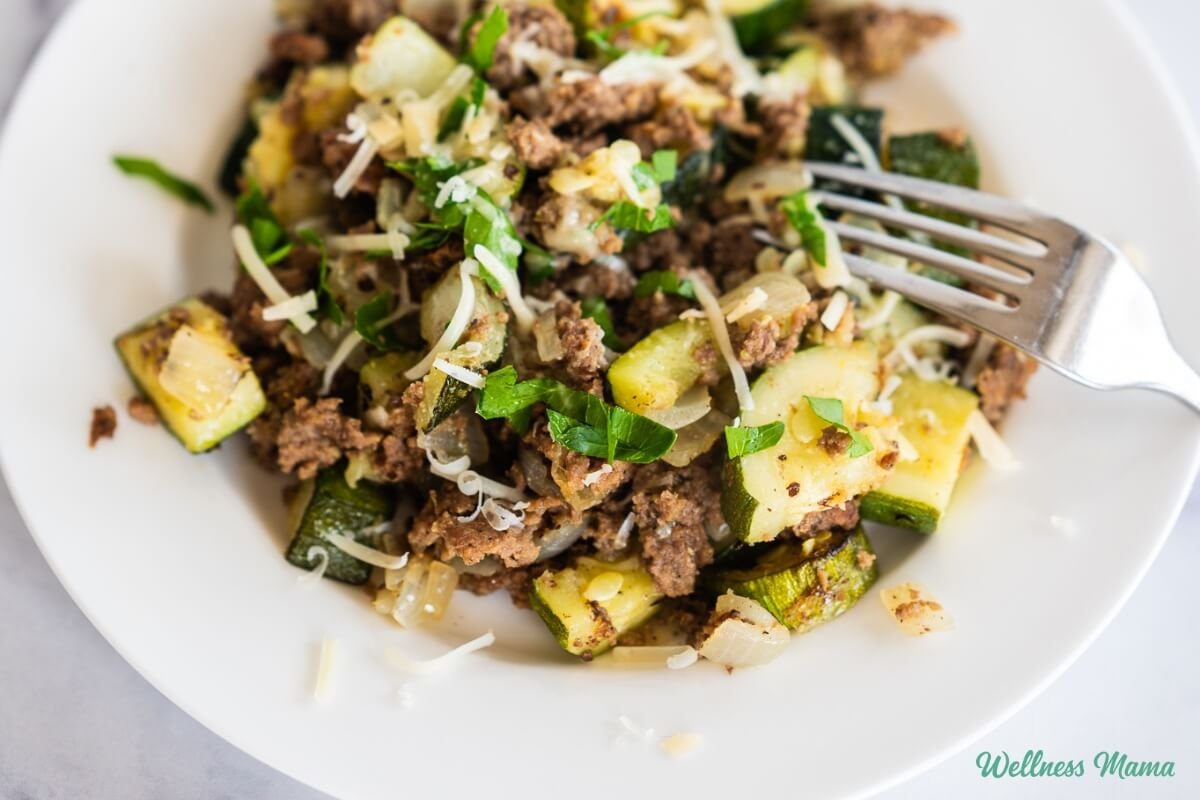
Leave a Reply